|
As the cloud computing landscape persistently advances, businesses are required to maintain flexibility to keep pace. A growing number of my clients are finding it necessary to administer and operate within multi-cloud environments. Within this context, Nutanix Cloud Clusters (NC2) on Microsoft Azure present an effective solution for hybrid cloud infrastructures, facilitating businesses to streamline operations and maximize resources. In this blog, I will delve into the fundamental features and advantages of Nutanix Cloud Clusters on Microsoft Azure and examine how it can transform your corporate IT strategy. Furthermore, I will compare this with the Azure VMware Solution (AVS) and discuss how to get started on your journey with Nutanix Cloud Clusters. What is Nutanix Cloud Clusters (NC2) on Microsoft Azure?Nutanix Cloud Clusters on Microsoft Azure, or NC2, is a solution co-developed that facilitates seamless integration and management of private, public, and distributed cloud environments. It offers a unified infrastructure that allows businesses to move workloads between on-premises Nutanix clusters and Azure as per their convenience and requirements, providing true hybridity and mobility. Key Features of Nutanix Cloud Clusters on Microsoft Azure
0 Comments
As most of you know, www.vmwarevelocity.com has been my blog on the internet for many years now, a place where I've gathered to discuss, learn, and explore everything related to VMware virtualization. I am deeply grateful for your engagement and feedback that has spurred us all toward greater understanding.
Today, I'm thrilled to announce a major evolution in my journey. I am transitioning from www.vmwarevelocity.com to a new and more comprehensive blog: www.virtualizationvelocity.com. Why the move, you may ask? While VMware has been and will continue to be, an integral part of the conversation, I've come to a point in my virtualization adventure where limiting myself to one technology doesn't quite capture the entire picture. The world of virtualization is vast and continually growing. More players have entered the scene, bringing innovative solutions and technologies that are shaping the future of virtualization. That's where www.virtualizationvelocity.com comes in. The new blog is designed to embrace this broader perspective of virtualization. Alongside VMware, I will be diving into a multitude of other cutting-edge virtualization technologies, including Nutanix, Azure, Google Cloud, and Amazon Web Services (AWS). This expansion allows me to keep pace with the rapid advancements in the field and provides you with a more comprehensive resource for all things virtualization. Does this mean I am leaving VMware behind? Absolutely not. I'll continue delving into VMware topics, updating you on the latest advancements, how-tos, and best practices. However, with the transition to www.virtualizationvelocity.com, I'll also be taking a deeper look into other platforms and exploring how they compare and contrast with VMware. I aim to provide a more rounded view of the virtualization landscape. I'm incredibly excited about this new chapter in our shared journey. This transition is about growing together, expanding our knowledge base, and becoming more versatile in understanding virtualization technologies. Thank you for your continued support and engagement. I invite you to join me at www.virtualizationvelocity.com to kick off this exciting new phase of our virtualization exploration. Here's to a wider perspective, fresh insights, and new learning opportunities! Stay tuned, and keep up with the velocity! As businesses increasingly lean on technology, the need for continuous availability of critical applications and data has become vital. The interruption of IT operations can cause substantial financial and reputational losses to an organization. Therefore, implementing a robust business continuity plan that ensures uninterrupted operation of critical applications and data, even during a disaster, is imperative. One of the key technologies that support this requirement is VMware vSAN Stretched Clusters, which provide high availability and protection for mission-critical applications and data. Recently, AVS (Azure VMware Solution) support for vSAN stretched clusters has been made generally available in several Azure regions, including West Europe, UK South, Germany West Central, and Australia East. The Power of Stretched ClustersA stretched cluster is configured by deploying an AVS private cloud across two availability zones (AZs) within the same region, with a vSAN witness placed in a third AZ. This witness constantly monitors all hosts within the cluster, serving as a quorum in the event of a split-brain scenario. With an even deployment of hosts within the private cloud across regions, the whole system operates as a single entity. Leveraging storage policy-based synchronous replication, data is replicated across AZs delivering a Recovery Point Objective (RPO) of zero. Thus, even if one AZ faces disruption due to an unforeseen event, the other AZ can continue operation, ensuring uninterrupted access to critical workloads. Availability and Protection with vSANEach AZ is divided into a preferred and secondary vSAN fault domain. Under normal conditions, Virtual Machines (VMs) will use storage policies configured for dual site mirroring as well as local failures, residing in the preferred fault domain.
In case of a domain failure, vSAN powers off these VMs, and vSphere HA then powers on these VMs in the secondary fault domain. This flexibility allows administrators to apply a variety of different storage policies based on their specific requirements. |
RecognitionCategories
All
Archives
April 2024
|
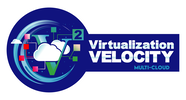



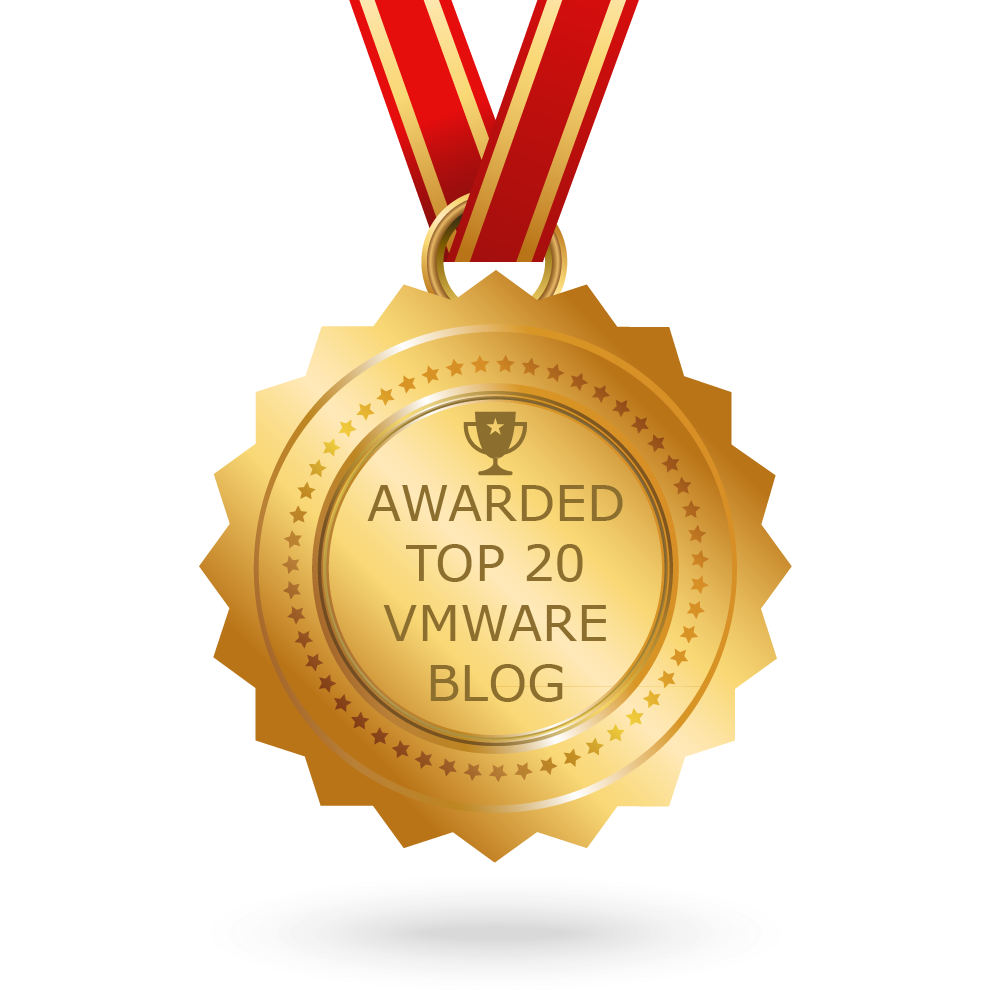
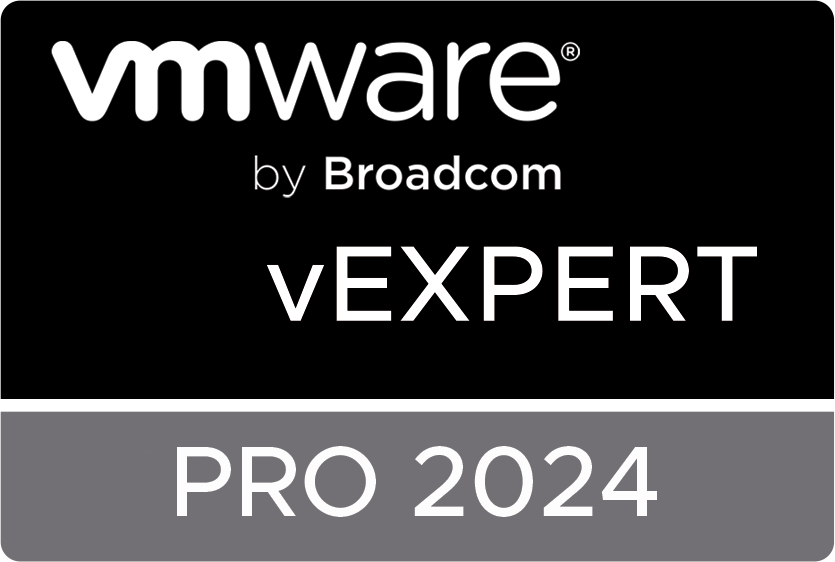


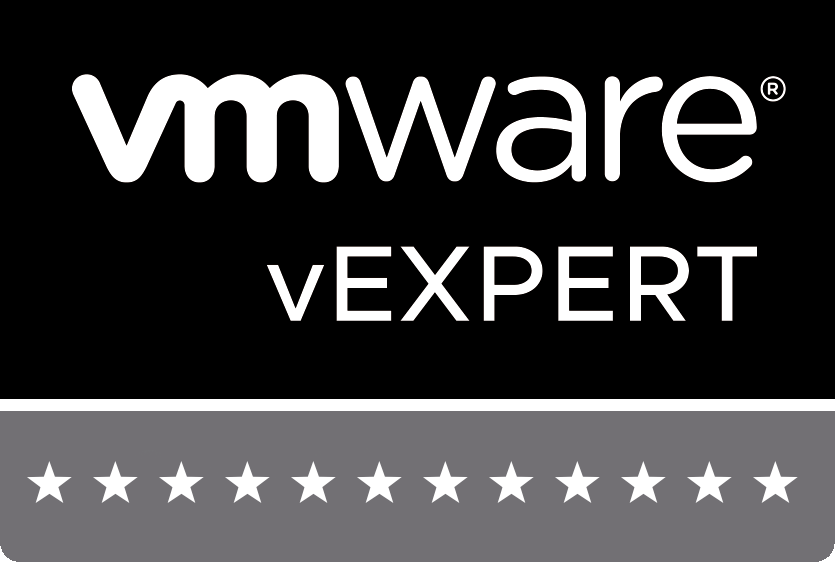
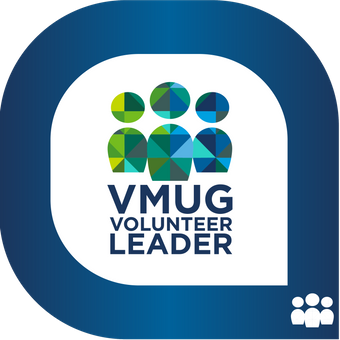

 RSS Feed
RSS Feed